ecosystem-guides.com
....exploring the planet's ecosystems
NEOTROPICAL
Tropical & Subtropical Savanna
including: Llanos, Caatinga, Cerrado, and Chaco
There are various seasonally dry woodlands, savanna and grasslands spread across central tropical South America, although much of it has been modified for farming and agriculture. I am usually skirting the edge of these habitats while exploring adjacent areas, so when I get more experience in these communities I will split this page up into the distinct Llanos, Caatinga, Cerrado, and Chaco. Within these habitats, Neotropical Freshwater Wetlands can expand in the wet season, and further north are the more treed Seasonal & Deciduous forests.
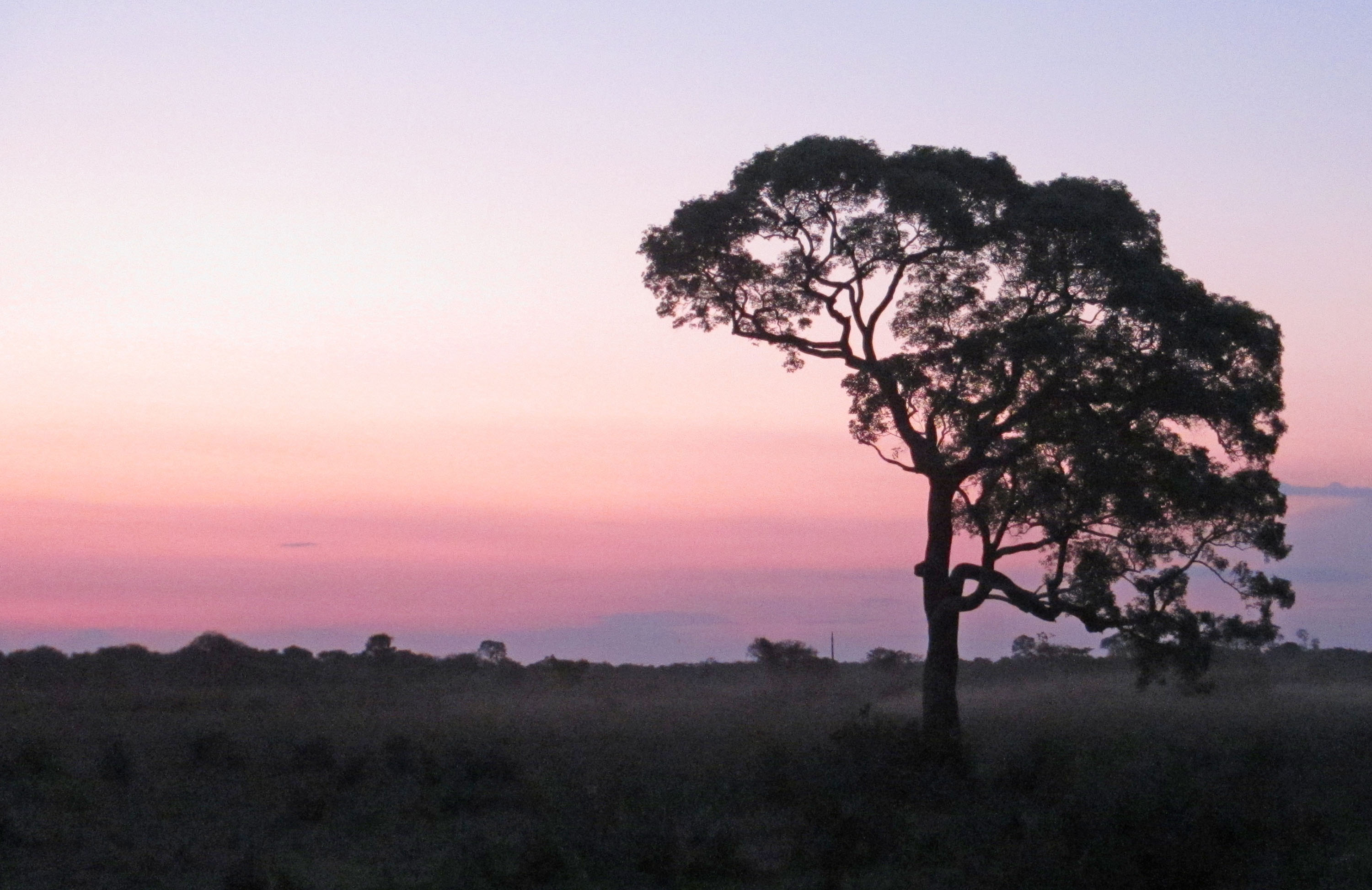
Many trees in this habitat are dry season deciduous, dropping their leaves during the 'winter', and at the same time many also flower. A noticeable example is Handroanthus chrysotricha (Tabebuia ochracea), 'Golden Trumpet Tree'.
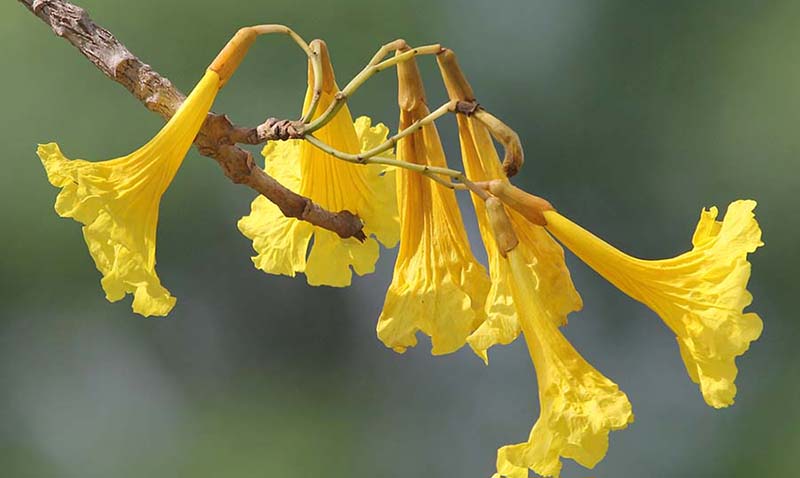 (Pantanal, Brazil)
(Pantanal, Brazil)There are over 150 species in the family Telidae found across the Americas, mostly 'Whiptails' and 'Racerunners'. In this habitat lives Ameiva ameiva, the 'Amazonian Racerunner'.
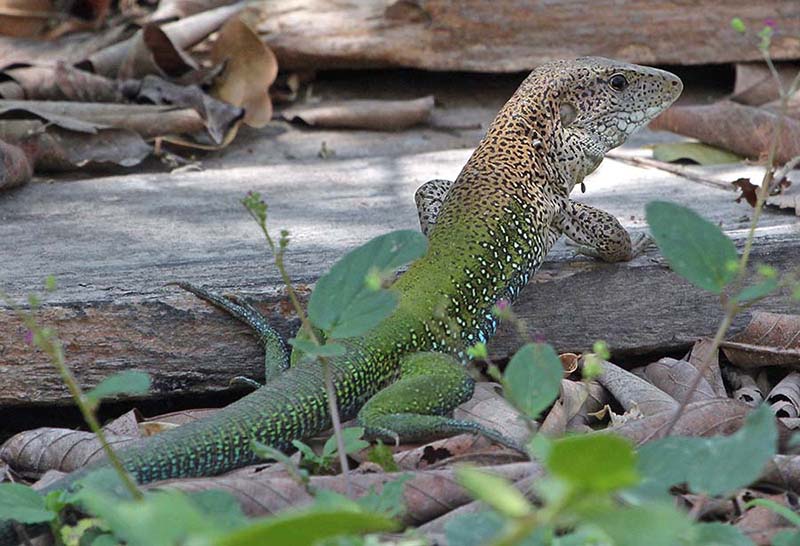 (Pousa Alegre, Brazil)
(Pousa Alegre, Brazil)There are various lizards in differenet genera known as 'Tegu'. The three species in this genus look and act somewhat like old world tropical monitor lizards, but are not closely related to them. Salvator merianae, 'Argentine Black and White Tegu' (below) is found in many habitats across South America.
 (Pousa Alegre, Brazil)
(Pousa Alegre, Brazil)The largest birds of the tropical open habitats are the Rheas. Below is Rhea americana, 'Greater Rhea', 'ñandú' (Spanish), 'Ema' (Portuguese).
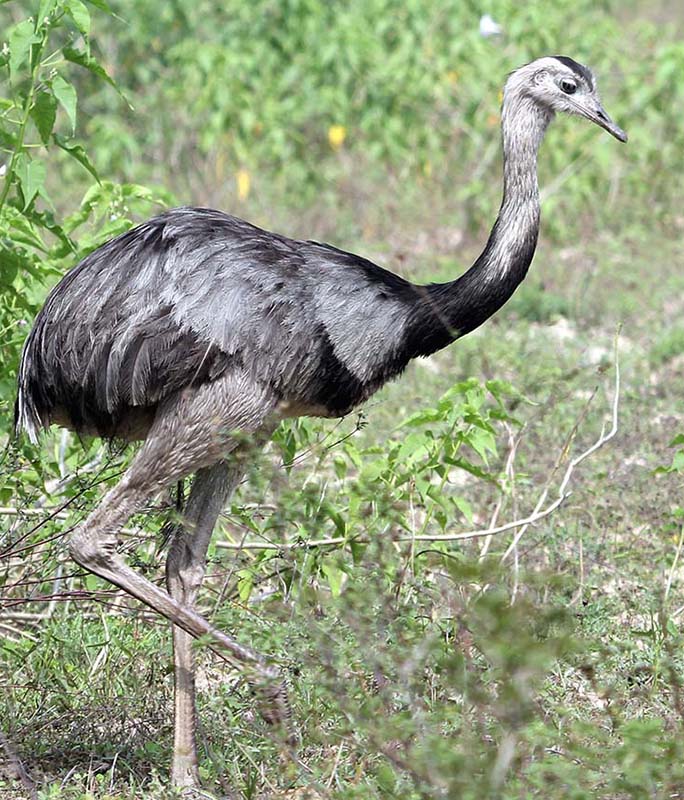
Cathartes aura, 'Turkey Vulture' is a common scavenger in many habitats across South America and North America, including open tropical woodlands and grasslands.

The 'Woodpeckers' of the family Picidae are obvious in these more open forests and woodlands.
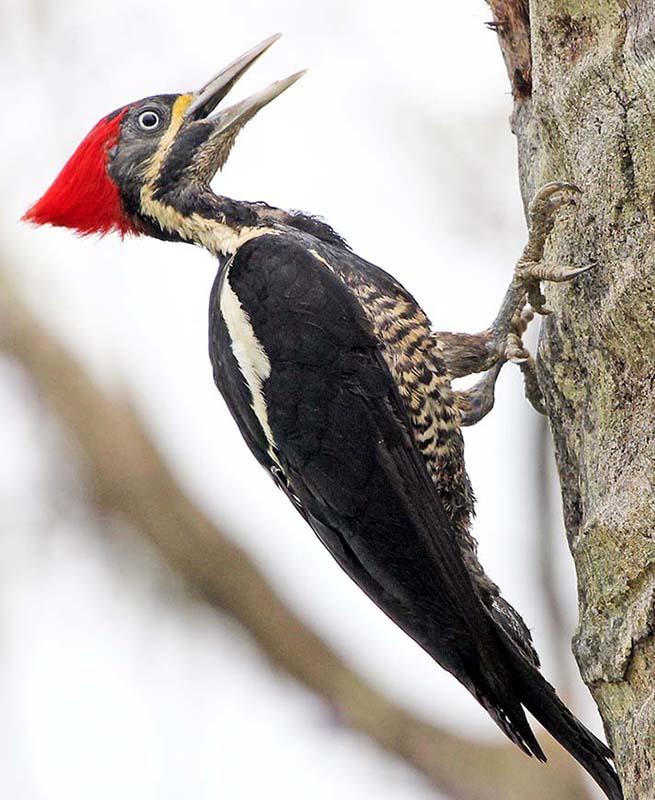 'Lineated Woodpecker', (Pousa Alegre, Pantanal, Brazil)
'Lineated Woodpecker', (Pousa Alegre, Pantanal, Brazil)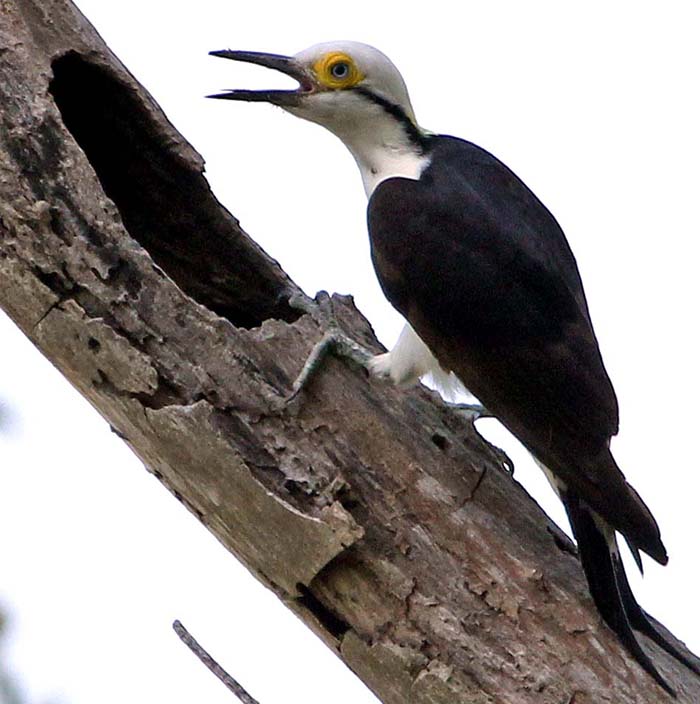 Melanerpes candidus, 'White Woodpecker', (Pousa Alegre, Pantanal, Brazil)
Melanerpes candidus, 'White Woodpecker', (Pousa Alegre, Pantanal, Brazil)The Puffbirds are bizarre looking birds that often sit still on a perch for some time. Below is the 'Chao Spot-backed Puffbird'.

South and Central America has a diverse range of parrots. Although people often associate these birds with the rainforest in the tropical Americas, I think they are just as easy, perhaps even easier, to see in the more open woodlands.
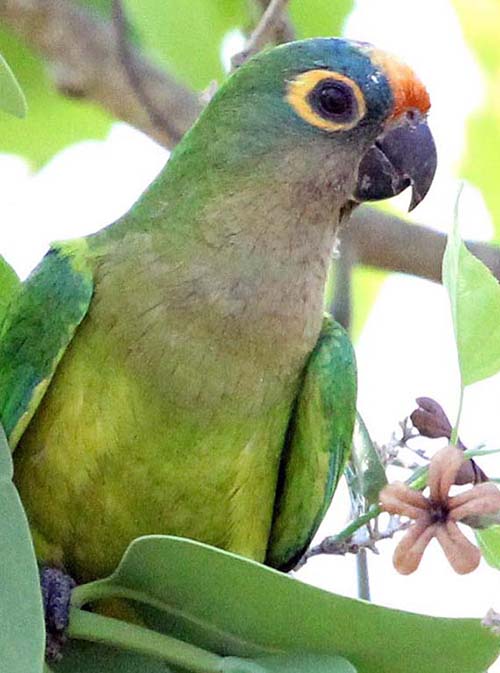 'Peach-fronted Parakeet', (Hotel Pantanal Mato Grosso, Brazil)
'Peach-fronted Parakeet', (Hotel Pantanal Mato Grosso, Brazil)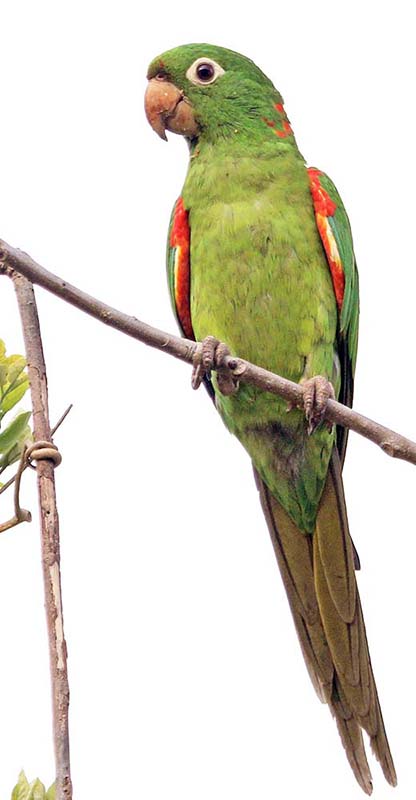 'White-eyed Parakeet/Conure', (Pousa Alegre, Pantanal, Brazil)
'White-eyed Parakeet/Conure', (Pousa Alegre, Pantanal, Brazil)Of course there is one group of parrots that stands out - the Macaws. There are some 19 species, and they are all native to the Neotropics, distributed as far north as Mexico. This group of genera include some (relatively) smaller species of parrot, but it is the larger and more colourful species that literally stick out. Compared to other parrots, these larger species usually have a paler face, massive curved bill, and very long tails. Each individual macaw has a different pattern on its face, uniquely identifying each one like a humans fingerprint. A species seen in this habitat is Anodorhynchus hyacinthinus, 'Hyacinth Macaw'. This is the largest flying parrot in the world (the flightless Kakapo of New Zealand is heavier). It is also the longest parrot in the world.
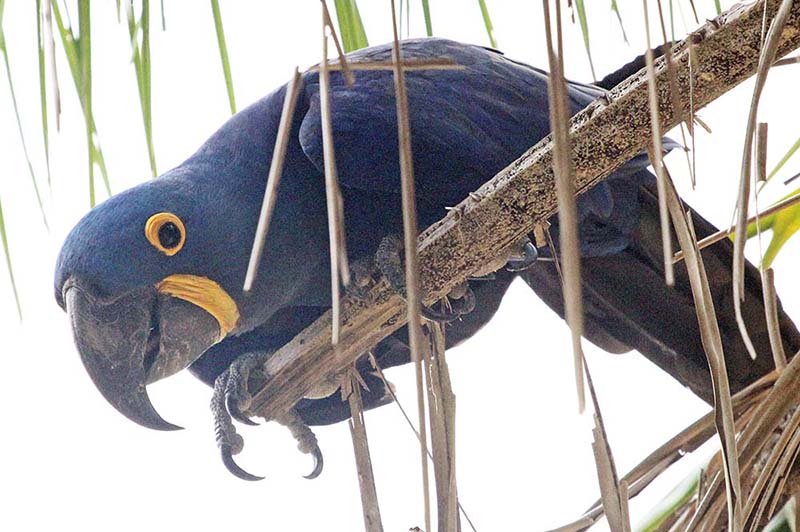 (Pouse Alegre, Brazil)
(Pouse Alegre, Brazil)The family Tyrannidae, the Tyrant Flycatchers, is the largest family of birds in the world. It is confined to the Americas. This huge group includes many representatives in the dry open forests: below is the 'Greater Wagtail Tyrant' Stigmatura budytoides, a bird of the Chaco semi-arid woodlands.
 (Red-fronted macaw Lodge, Bolivia)
(Red-fronted macaw Lodge, Bolivia)A spectacular species in the same family that is widespread in open habitats in the Americas is the aptly named Tyrannus savana, the 'Fork-tailed Flycatcher', image below.
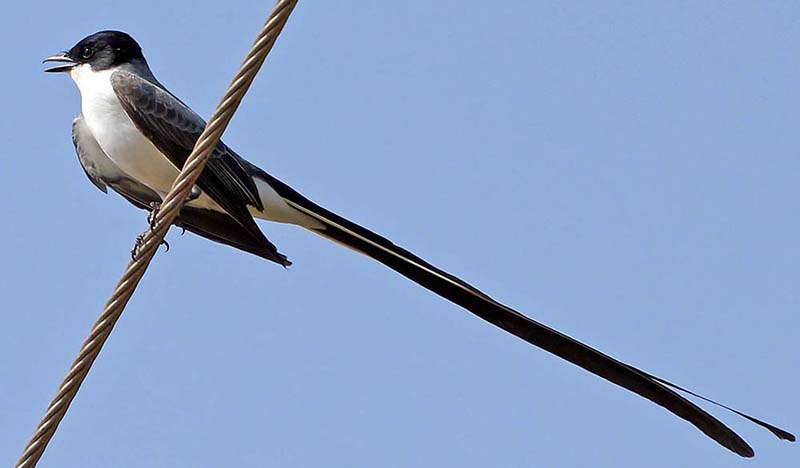
This family Icteridae known as the 'New World Blackbirds' includes: Orioles, Cowbirds, Grackles, and Oropendolas. Many of these are open country birds, such as Molothrus oryzivorus, 'Giant Cowbird' (below).
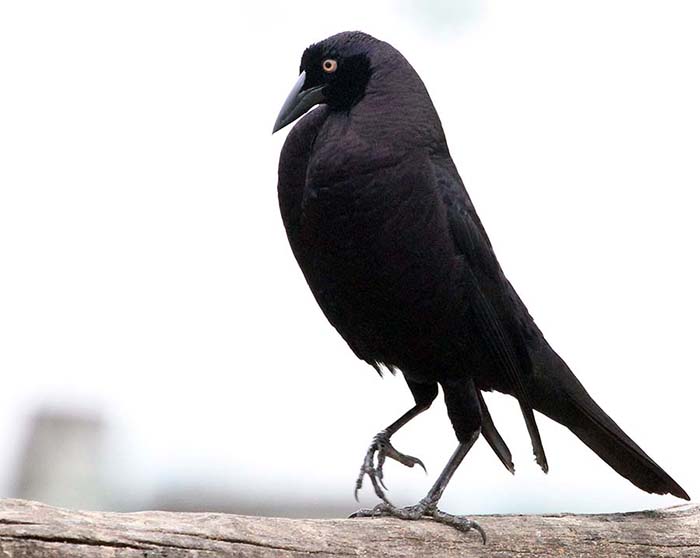 (Pousa Alegre, Pantanal, Brazil)
(Pousa Alegre, Pantanal, Brazil)Most species in the family are relatively large and many are very colourful, such as Icterus croconotus, 'Orange-backed Troupial' (below).
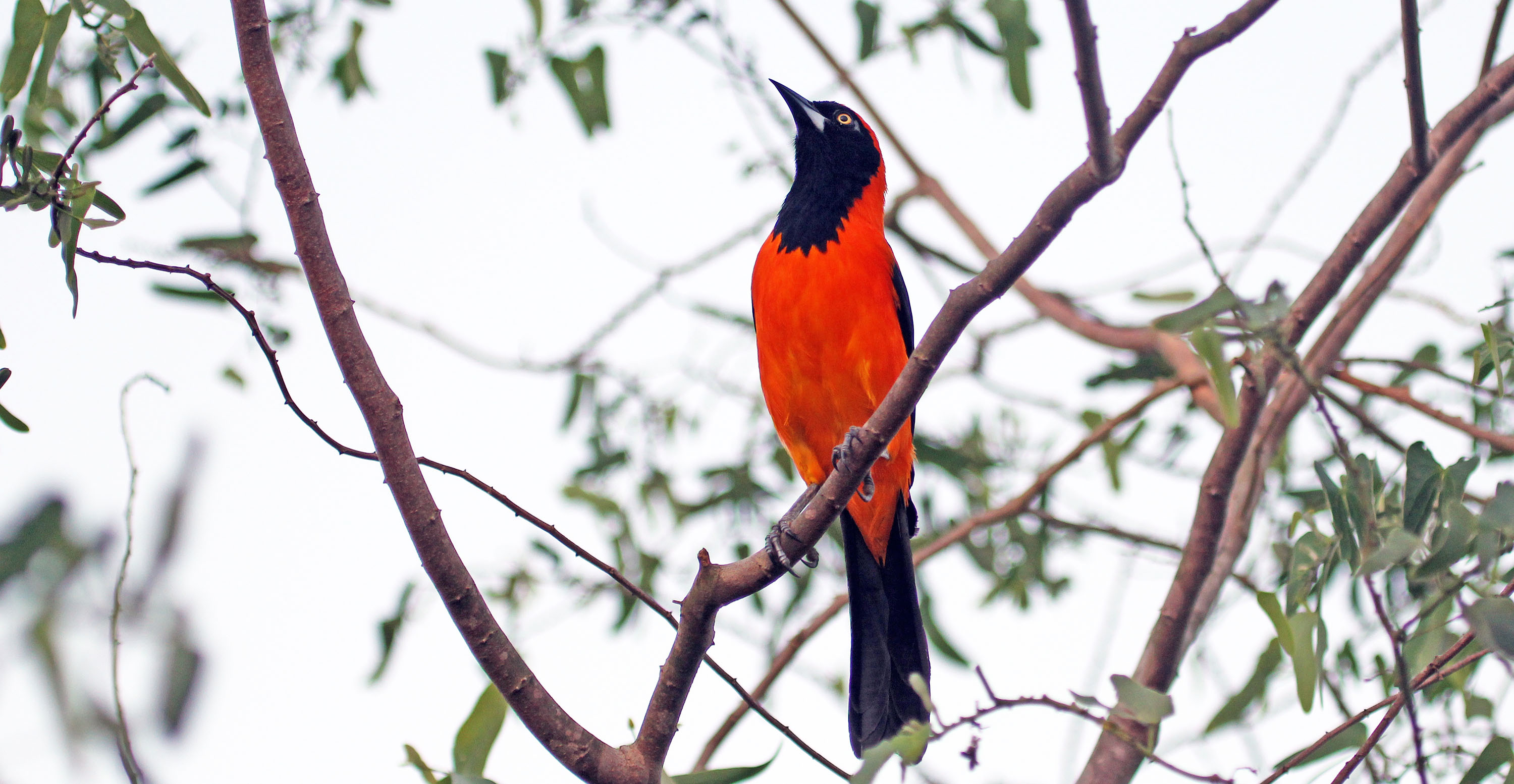
The family Thraupidae include the Tanagers that brighten up the Neotropical rainforests at various altitudes, but there are many species in the more open habitats. Below is the common Paroaria capitata 'Yellow-billed Cardinal': despite the common name, this bird is a Tanager, not a true Cardinal.
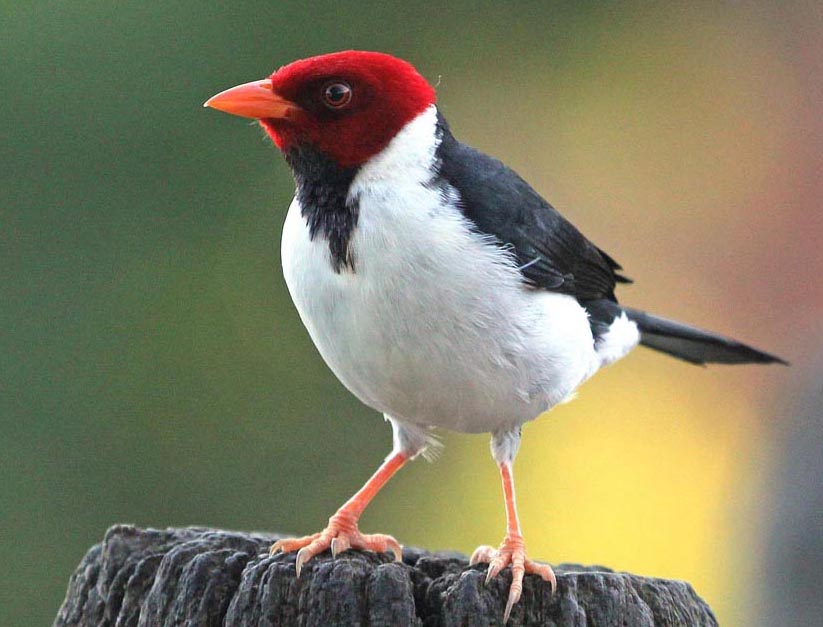 (Hotel Pantanal Mato Grosso, Brazil)
(Hotel Pantanal Mato Grosso, Brazil)The family Cervidae include the Deer familiar to most northern hemispherians. Below is Mazama americana, 'Red Brocket Deer', found in forests and woodlands in South America.
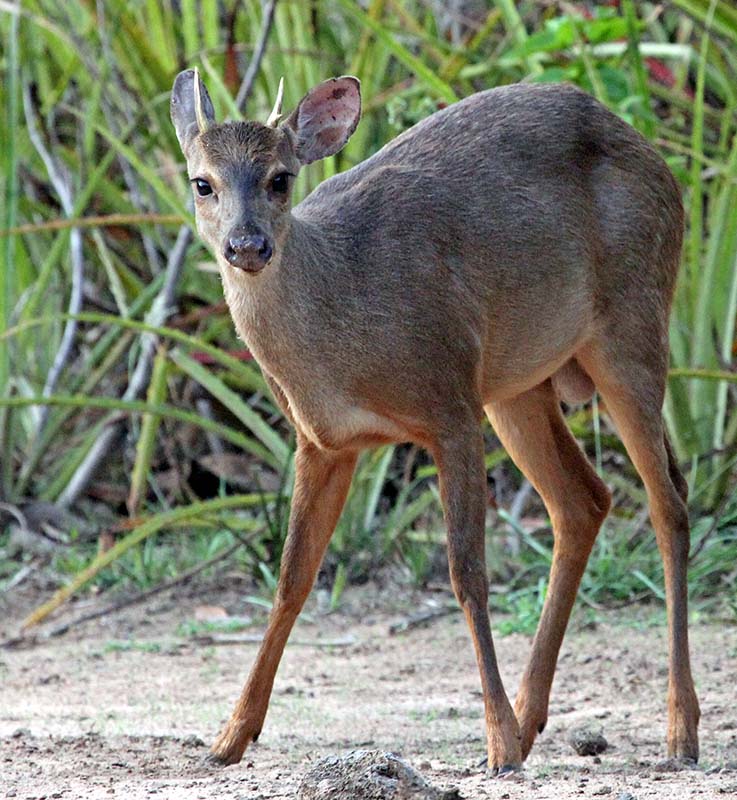 (Pousa Alegre, Brazil)
(Pousa Alegre, Brazil)Places to experience South American tropical open woodlands & savanna
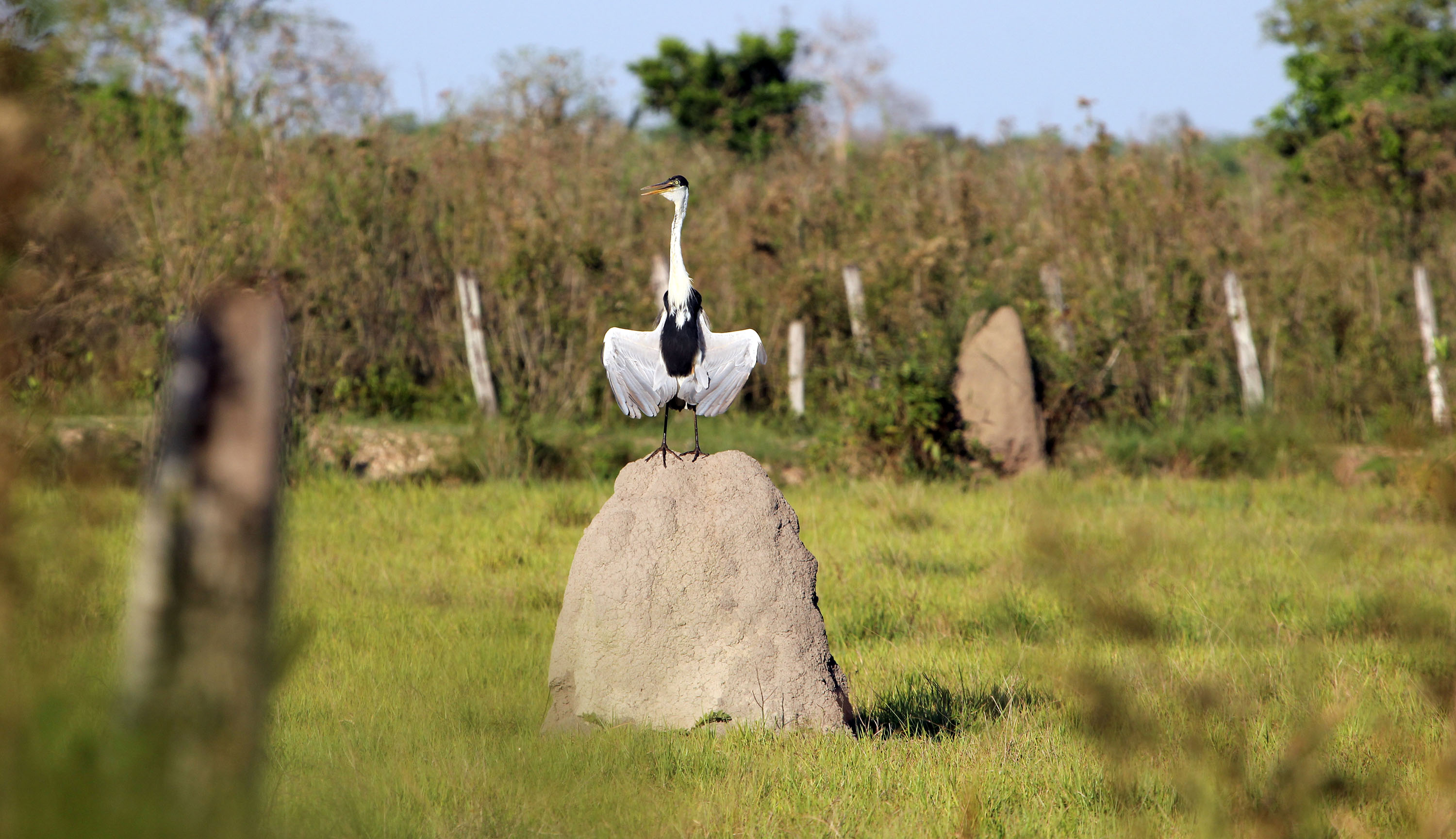
Hotel Pantanal Mato Grosso (lodge) and Pousa Alegre (lodge) in the Pantanal, Brazil.



